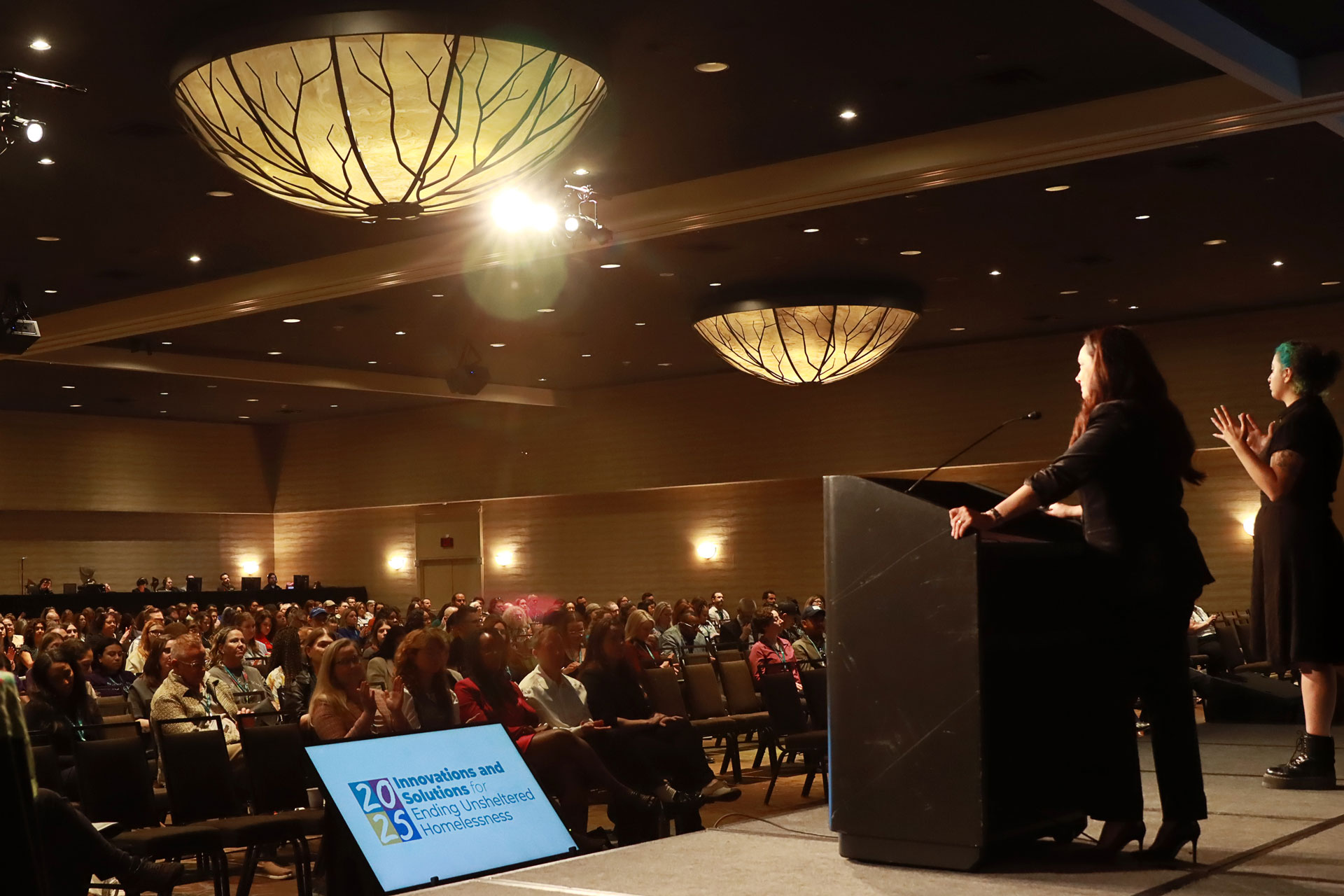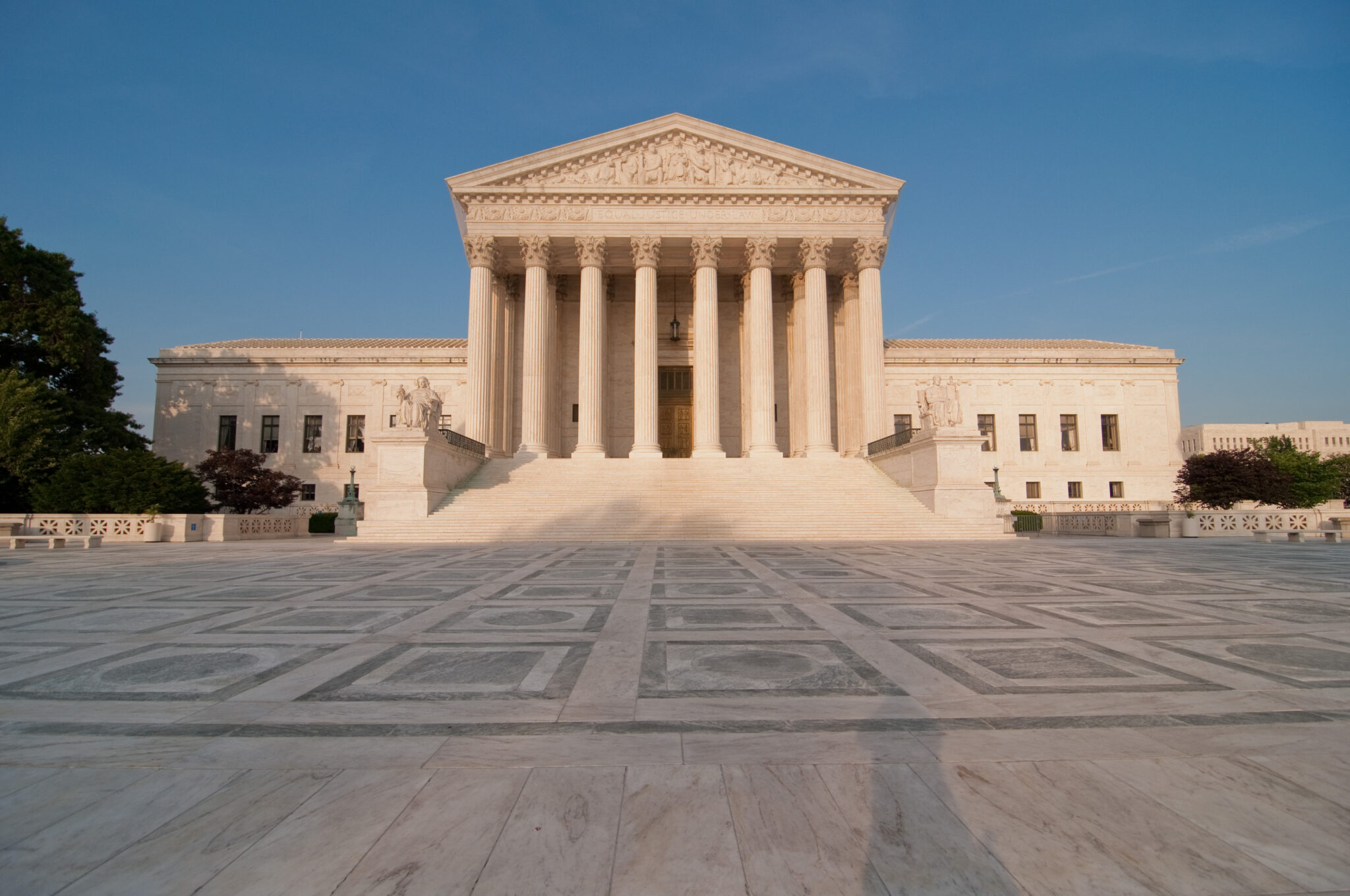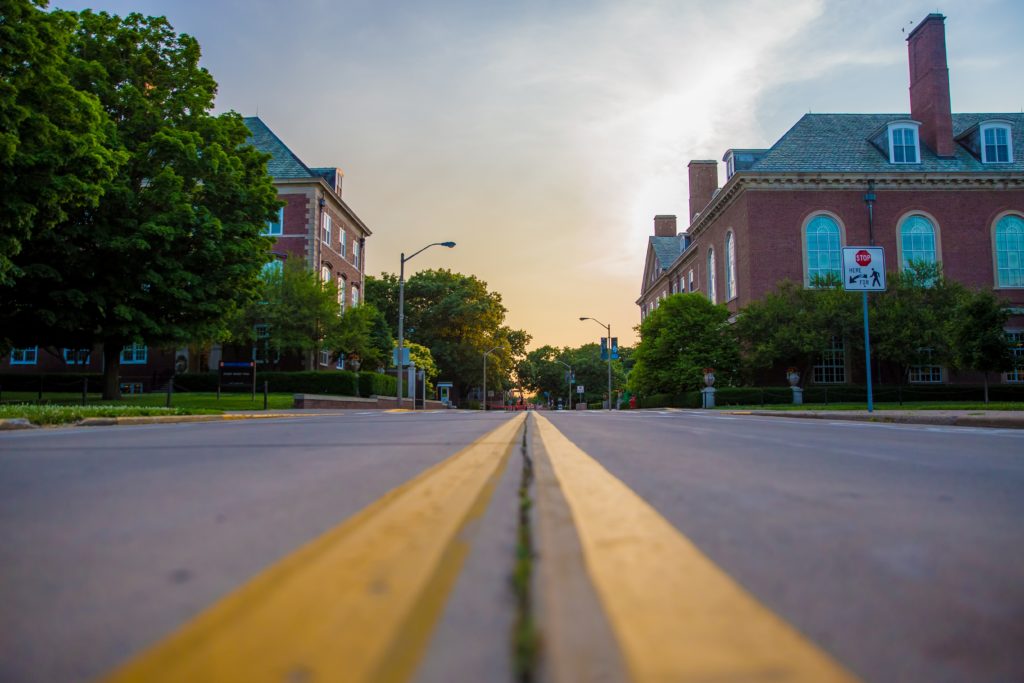Ending homelessness is deeply connected to climate justice. When natural disasters strike, people with the fewest resources are most likely to be impacted and left without a place to live for the foreseeable future.
Without immediate action to mitigate the impacts of climate change, more displacement, increased harm, and loss of life will disproportionately impact marginalized communities, communities of color, and people living in poverty – and will therefore result in increased homelessness.
Climate Change Is Happening
During the Industrial Revolution, human activity began to impact the environment in a significant way. Since then, society has only increased the burning of fossil fuels and changing large areas of forests to create more space for agriculture. These actions create emissions that remain trapped in the Earth’s atmosphere, holding the sun’s heat and increasing temperatures across the globe. Increased temperatures and the destruction of forests lead to an increased chance of drought, more severe fires, water scarcity, melting ice caps, sea level rise, higher likelihoods of flooding, and decreased biodiversity. These disasters already result in countless deaths each year, but they will always impact those most vulnerable to harm, whether internationally or in the United States.
Disproportionate Impact
When people have fewer resources accessible to them, they are less prepared to weather significant shifts or natural disasters due to climate change. However, historical and current policies result in marginalized communities facing the largest impacts of disaster, particularly people of color. One example is redlining, a systemic practice of excluding people of color from certain neighborhoods. Redlined communities have proven to be at a higher risk for flooding than non-redlined areas, which can result in significantly decreased home values, loss of possessions during a flood, and even a loss of a home if flooding becomes severe. People of color, especially Black Americans, are still more likely to live in these redlined communities than White Americans. Other climate disasters, such as fires or extreme weather, can also leave people without homes and limited resources for help. Climate justice work means protecting people in poor and marginalized communities from having to experience these crises and become homeless.
Current Crisis for People Experiencing Homelessness
For people currently experiencing homelessness, climate change is an ever-present emergency. Extreme weather conditions such as winter storms or severe heat have an obvious impact on unsheltered homelessness: for people already living outdoors, extreme weather can mean life or death. Older adults, people with substance use disorders, and those experiencing chronic homelessness are also at a higher risk of adverse health effects from extreme temperatures. These weather conditions result in chronic medical concerns, a higher risk of hypothermia, and a higher mortality rate. People experiencing homelessness need policymakers to act now to reduce the impact of climate crises and slow the rate of climate change through policy and preparation. If not, these already-vulnerable people will be at increased risk of death.
The Emergency is Now
During a natural disaster, the homelessness field, emergency response teams, and communities jump into action to care for the people most impacted. This response often involves creating emergency shelters for people who have lost their homes or been displaced, providing medical care for those harmed, and delivering supplies directly to locations most impacted. Rebuilding efforts often follow, although they have historically failed to reach all people living in poverty and communities of color.
However, homelessness itself should be treated as an emergency, even in the absence of a natural disaster. More people are likely to experience homelessness and displacement due to climate change, and the way they experience homelessness will be less safe if it is not treated like the true emergency it is. Emergency shelters and increased housing development should be funded year-round, not only as a result of a catastrophe. If we continue to do nothing to slow climate change or alter homelessness response in the face of this reality, the impacts will only get worse, especially for those most vulnerable.
Stay Updated: Solutions, Stories, and Ways to Make an Impact
Sign up to receive updates on the Alliance’s work, including the latest research, advocacy efforts, and real stories of progress — plus ways you can help drive lasting change.














